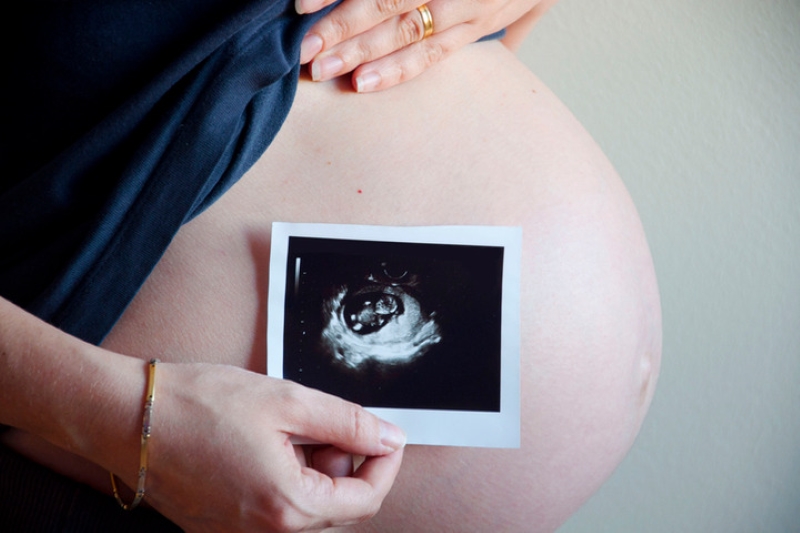
Infantile Pompe disease: treating it before birth
Infantile Pompe disease, enzyme replacement therapy can also be administered in utero. In this way, the heart damage typical of the disease can be avoided. A world first reported in the New England Journal of Medicine
Infantile Pompe disease can already be addressed in utero
By administering the missing enzyme -directly through the umbilical cord- it is possible to avoid the heart damage typical of the disease.
A world first reported in the pages of the New England Journal of Medicine.
WHAT IS POMPE’S DISEASE?
Pompe disease is a multifaceted disease.
Caused by different mutations – depending on the ‘genetic defect’, the disease manifests itself in a more or less pronounced manner -, this disease belongs to the lysosomal storage diseases.
Also called glycogenosis type 2, in Pompe’s disease what is missing is the enzyme alpha-1,4-glucosidase, a protein capable of transforming glycogen into glucose.
When the gene (GAA) responsible for the production of this protein is mutated, a build-up of glycogen in the muscles occurs, damaging the tissue itself.
The classic infantile form, which affects about one in every 138,000 newborns, is characterised by severe heart damage, muscle weakness and poor growth.
WHICH ORGANS ARE DAMAGED?
As with many diseases where an enzyme is missing, the treatment of Pompe’s disease consists of enzyme replacement therapy, which generally leads to an almost complete resolution of the cardiomyopathy in early-onset infantile forms, while it is able to slow down, but not completely stop, the progressive damage to skeletal and respiratory muscles in all the different forms of Pompe’s disease.
Intervening as early as possible is therefore of paramount importance to minimise damage to muscles, including the heart.
HOW IS IT TREATED?
Being able to intervene even when the baby is not yet born would be ideal.
This is an almost impossible eventuality since it is not possible to know in advance whether the child is affected by the disease.
In situations where a predisposition to the disease is known, however, as in the case of Ayla as reported in the pages of the New England Journal of Medicine, intervening in utero is something that could soon become a reality for many children.
Ayla’s parents had already lost two girls to Pompe’s disease in the past, and in particular to a severe form of cardiomyopathy. For Ayla the fate was different.
POMPE DISEASE, CURING IN UTERO IS POSSIBLE
Thanks to the research of Professor Tippi MacKenzie of the University of California, the little one still in utero was administered via the umbilical cord the enzyme replacement therapy that is usually injected from birth onwards.
The administrations, which took place six times between the 24th and 36th week of gestation, led to the birth of the little one without any signs of cardiac damage despite the presence of the mutation in the GAA gene that had caused death in her sisters.
An extraordinary result – Ayla is now one and a half years old and regularly undergoes enzyme replacement therapy – which demonstrated the importance and feasibility of this kind of therapy, starting from pre-natal life, in avoiding the damage associated with the disease.
Read Also
Emergency Live Even More…Live: Download The New Free App Of Your Newspaper For IOS And Android
Zika Linked To Guillain-Barre Syndrome In New Study
Down Syndrome And COVID-19, Research At Yale University
Rescue Training, Neuroleptic Malignant Syndrome: What It Is And How To Deal With It
Guillain-Barré Syndrome, Neurologist: ‘No Link To Covid Or Vaccine’
Facial Nerve Injuries: Bell’s Palsy And Other Causes Of Paralysis
Rare Diseases: Russian Economist Anatoly Chubais Diagnosed With Guillain Barré Syndrome
Ultrarare Diseases: First Guidelines For Malan Syndrome Published
Fabry Disease: What It Is And What The Symptoms Are


